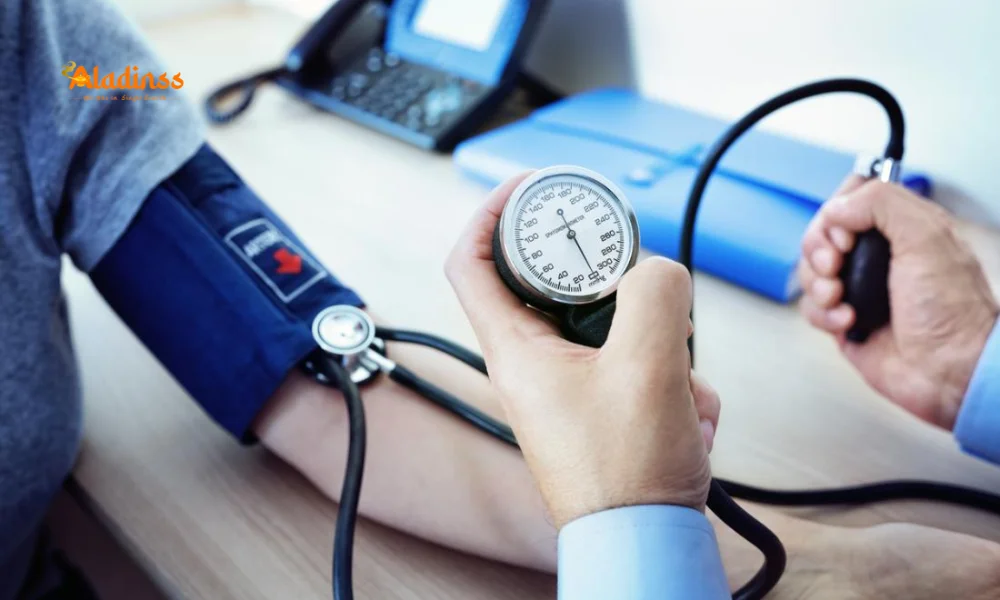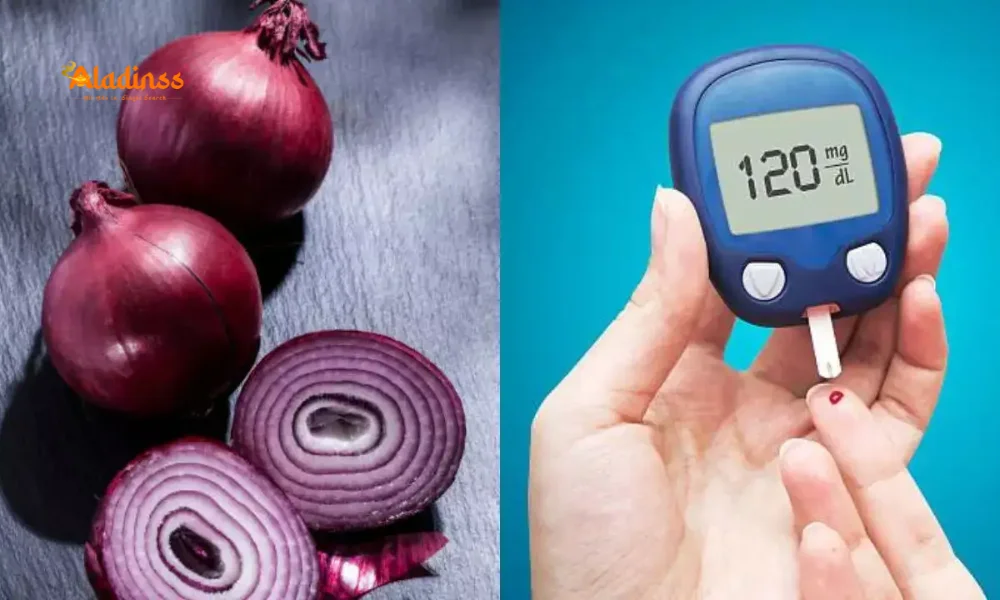Importance of Blood Pressure Monitoring in 2025

Why Regular Blood Pressure Monitoring Is Crucial Even If Controlled
Regular blood pressure monitoring is essential for individuals with hypertension, even when their condition is well-managed through medication or lifestyle changes. According to health experts, consistent checks using a home monitor help track treatment effectiveness and detect potential issues early. The importance of blood pressure checks lies in their ability to provide insights into fluctuations caused by stress, diet, or other factors. By maintaining a routine, patients can avoid complications like heart attacks or strokes. This article explores why home blood pressure monitoring is vital and how to do it correctly.
The Role of Home Monitoring in Hypertension Management
For those diagnosed with high blood pressure, monitoring at home is a cornerstone of effective management. It allows individuals to gauge how well their treatment plan—whether through medication, diet, or exercise—is working. Home blood pressure monitoring provides a clearer picture of daily fluctuations compared to occasional doctor visits. This is particularly important because blood pressure can vary due to external factors like stress, sleep quality, or dietary changes, even in those with controlled hypertension.
Regular checks help identify patterns that might require adjustments in treatment. For instance, a sudden spike could indicate a need for medication tweaks or lifestyle changes. Conversely, consistently normal readings can reassure patients and doctors that the current regimen is effective. The importance of blood pressure checks cannot be overstated, as they empower patients to take charge of their heart health.
How Often Should You Check Your Blood Pressure?
The frequency of blood pressure monitoring frequency depends on the individual’s condition and treatment stage. For those with stable, well-controlled blood pressure, experts recommend checking 3-4 times a week. This provides enough data to monitor trends without causing undue stress from over-monitoring. However, if you’ve recently started home monitoring or undergone a change in medication, doctors may advise daily checks for 3-7 days to establish a baseline or assess the new treatment’s impact.
Over-monitoring can lead to anxiety, especially if readings fluctuate slightly, which is normal. On the other hand, infrequent checks might miss critical changes, delaying necessary interventions. Striking a balance is key to effective hypertension management. Always consult your doctor to determine the ideal schedule based on your health profile.

How to Measure Blood Pressure at Home Correctly
To ensure accurate readings, follow these guidelines for home blood pressure monitoring:
- Use a Validated Monitor: Choose a device approved by health authorities like the American Heart Association.
- Measure at Consistent Times: Take readings in the morning and evening, as recommended by the CDC, to capture daily patterns.
- Take Multiple Readings: Record two measurements, 1-2 minutes apart, and calculate the average for accuracy.
- Prepare Properly: Avoid caffeine, smoking, or exercise 30 minutes prior, sit quietly for five minutes, keep your back straight, feet flat, and arm at heart level.
- Stay Silent: Avoid talking during the measurement to prevent skewed results.
Adhering to these steps ensures reliable data, which is critical for tracking the importance of blood pressure checks and making informed health decisions.
Understanding Ambulatory Blood Pressure Monitoring (ABPM)
For a more comprehensive assessment, some patients may use ambulatory blood pressure monitoring (ABPM). This method involves wearing a portable device that automatically measures blood pressure at regular intervals over 24 hours, including during sleep. ABPM provides a detailed view of blood pressure fluctuations throughout the day and night, offering insights into patterns that standard home or clinic measurements might miss.
ABPM is particularly useful for diagnosing conditions like hidden hypertension, where readings are normal in medical settings but elevated at home, or white coat hypertension, where anxiety in a doctor’s office causes higher readings. By capturing data over an extended period, ABPM helps doctors tailor treatments more effectively, enhancing hypertension management.
Why Monitor Even When Blood Pressure Is Controlled?
Even with controlled blood pressure, regular monitoring remains crucial because blood pressure fluctuations can occur due to various factors, including:
- Stress: Emotional or work-related stress can cause temporary spikes.
- Diet: High-sodium foods or alcohol can affect readings.
- Illness: Conditions like infections or colds can influence blood pressure.
- Sleep Patterns: Poor sleep quality may lead to elevated readings.
- Exercise: Changes in physical activity levels can impact blood pressure.
These factors can cause unexpected changes, even in those with well-managed hypertension. Regular monitoring helps detect such variations early, allowing for timely interventions to prevent serious complications like heart disease, stroke, or kidney damage.
Hidden and White Coat Hypertension: The Silent Threats
Two conditions that underscore the importance of blood pressure checks are hidden hypertension and white coat hypertension. Hidden hypertension occurs when blood pressure appears normal during doctor visits but is elevated at home, often going undetected without regular monitoring. Conversely, white coat hypertension causes elevated readings in medical settings due to anxiety, which may not reflect a patient’s true blood pressure.
Both conditions can lead to misdiagnosis or improper treatment if not identified. Home monitoring, especially with tools like ABPM, helps uncover these issues, ensuring accurate diagnosis and management. This is particularly critical for preventing long-term damage to vital organs.
Preventing Long-Term Complications
The primary goal of blood pressure monitoring is to prevent complications associated with hypertension. Uncontrolled or undetected high blood pressure can lead to:
- Heart Attack: Elevated pressure strains the heart, increasing the risk of cardiac events.
- Stroke: High blood pressure can damage blood vessels in the brain, leading to stroke.
- Kidney Damage: Chronic hypertension can impair kidney function over time.
- Vision Loss: Damage to blood vessels in the eyes can result from prolonged high blood pressure.
By consistently tracking blood pressure, patients can work with their doctors to adjust treatments promptly, reducing these risks. The American Heart Association emphasizes that even small, consistent changes in readings can provide critical insights for maintaining heart health monitoring.
Benefits of Regular Monitoring for Patients
Regular home blood pressure monitoring offers several benefits, including:
- Early Detection: Spotting changes before they become serious issues.
- Treatment Adjustments: Providing data to fine-tune medication or lifestyle changes.
- Empowerment: Giving patients control over their health through active participation.
- Peace of Mind: Confirming that treatment is working effectively.
These advantages make monitoring a vital tool for anyone with hypertension, reinforcing the blood pressure monitoring frequency as a key aspect of long-term health management.
Tips for Effective Blood Pressure Management
To complement regular monitoring, patients can adopt these strategies for better hypertension management:
- Maintain a Log: Record readings with dates and times to track trends.
- Follow a Healthy Diet: Reduce sodium intake and focus on heart-healthy foods like fruits and vegetables.
- Stay Active: Engage in regular physical activity, such as walking or yoga, as advised by your doctor.
- Manage Stress: Practice relaxation techniques like meditation to keep stress levels in check.
Combining these habits with consistent monitoring enhances overall heart health, reducing the risk of complications associated with blood pressure fluctuations.
The Role of Technology in Monitoring
Advancements in technology have made home blood pressure monitoring more accessible and accurate. Modern blood pressure monitors are user-friendly, with features like digital displays, memory storage, and smartphone connectivity. Some devices even sync data with health apps, allowing patients to share readings with their doctors seamlessly. These tools enhance the heart health monitoring process, making it easier to stay proactive about hypertension management.
For those using ABPM, wearable devices provide continuous monitoring without disrupting daily activities. These innovations highlight the growing importance of technology in supporting blood pressure monitoring importance and improving patient outcomes.
Comment / Reply From
No comments yet. Be the first to comment!






